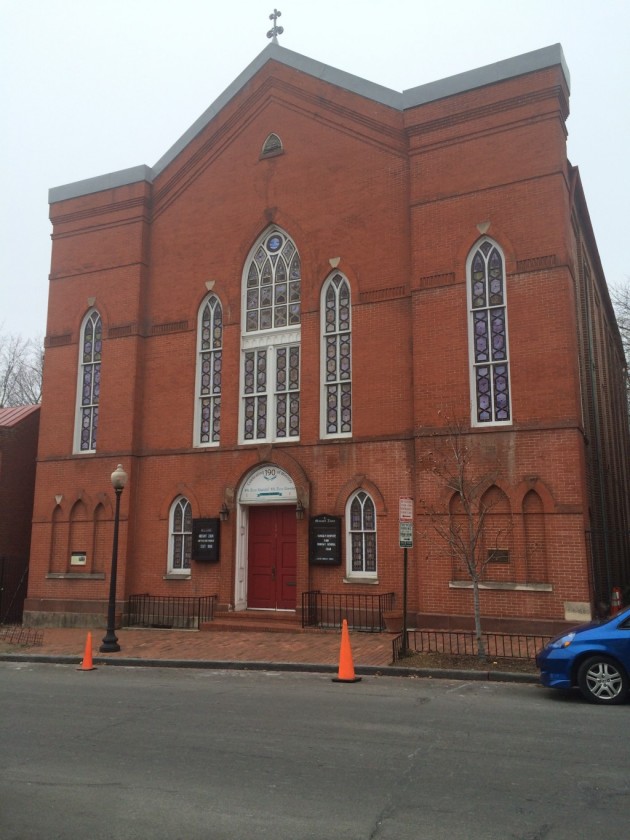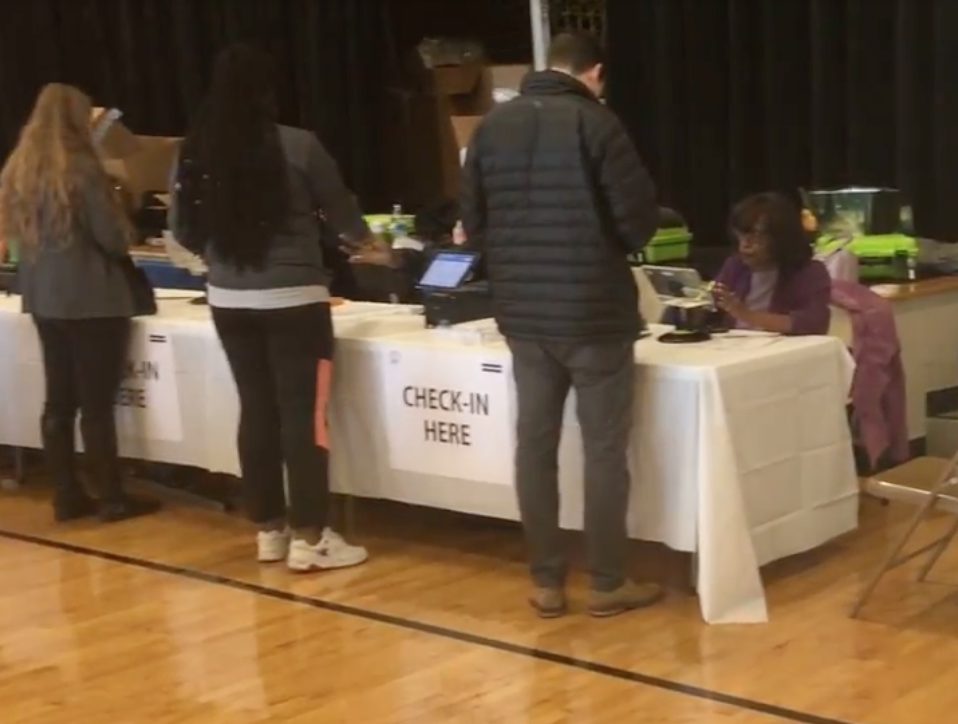The steady rhythmic sounds from the children’s Afro Reggae percussion class echoed through the neighborhood, as other small neighborhood children gathered around to watch. The small brown hands of drummers went exceptionally fast, as the rhythm began to build.
The drummers were highly skilled, despite the fact that there was no real classroom, no sheet music, and no real drums. Rather, their drums were made of old plastic jugs and string.
The unconventional percussion class was one of the many memorable scenes from Favela Rising, an award-winning documentary about the rise of Afroreggae in a drug-ridden Vigario Geral favela (squatter village) in Brazil.
In celebration of black history month, The Smithsonian National Musuem of African Art sponsored the ongoing event, Africa in Reel Time: African Diaspora Film Festival. A movie pertaining to the black Diaspora was shown every Thursday at 7:00 p.m. The event ended with the showing of Favela Rising on February 27, 2008 at 7:00 p.m.
“I’ve been going to see the different films,” said Adrienne Galanek, New York Native and visitor of the metro area. “The African Diaspora was really interesting but this was by far the best film I’ve seen so far.”
” The movie gives a glimpse into how ridiculously complicated the movement is,” said Michelle Farrel, speaker. “It’s a really complicated society that often gets over simplified in the media.”
Farrel is referencing the movement to keep favela children from engaging in the drug trade, drug wars, and joining a drug army. In the film, the rise of Afro Reggae counteracted the favela children’s involvement in the drug trade.
The spoken mission of Afro Reggae is to keep the children out of drug armies.
“It really showed what one group of people can do to conquer violence and how guns and drugs can be overcome by dance, hope, and perserverance,” said Galanek.
The film incited positive reactions from the viewers and many were pleased that they were present for the showing.
“I came to see the film because I studied in Brazil and volunteered in a favela,” said Brianna Williams, senior at Howard University. “I had such and enjoyable and complex experience, the film was a very accurate portrayal. I was awed.”
Though impressed by the film and its accuracy, Williams believed they should have included another issue.
“One thing I was surprised that the film didn’t touch on was the racial aspect of their lives,” said Williams. “Most of the poor are black and most persons of authority are fair skinned.”


